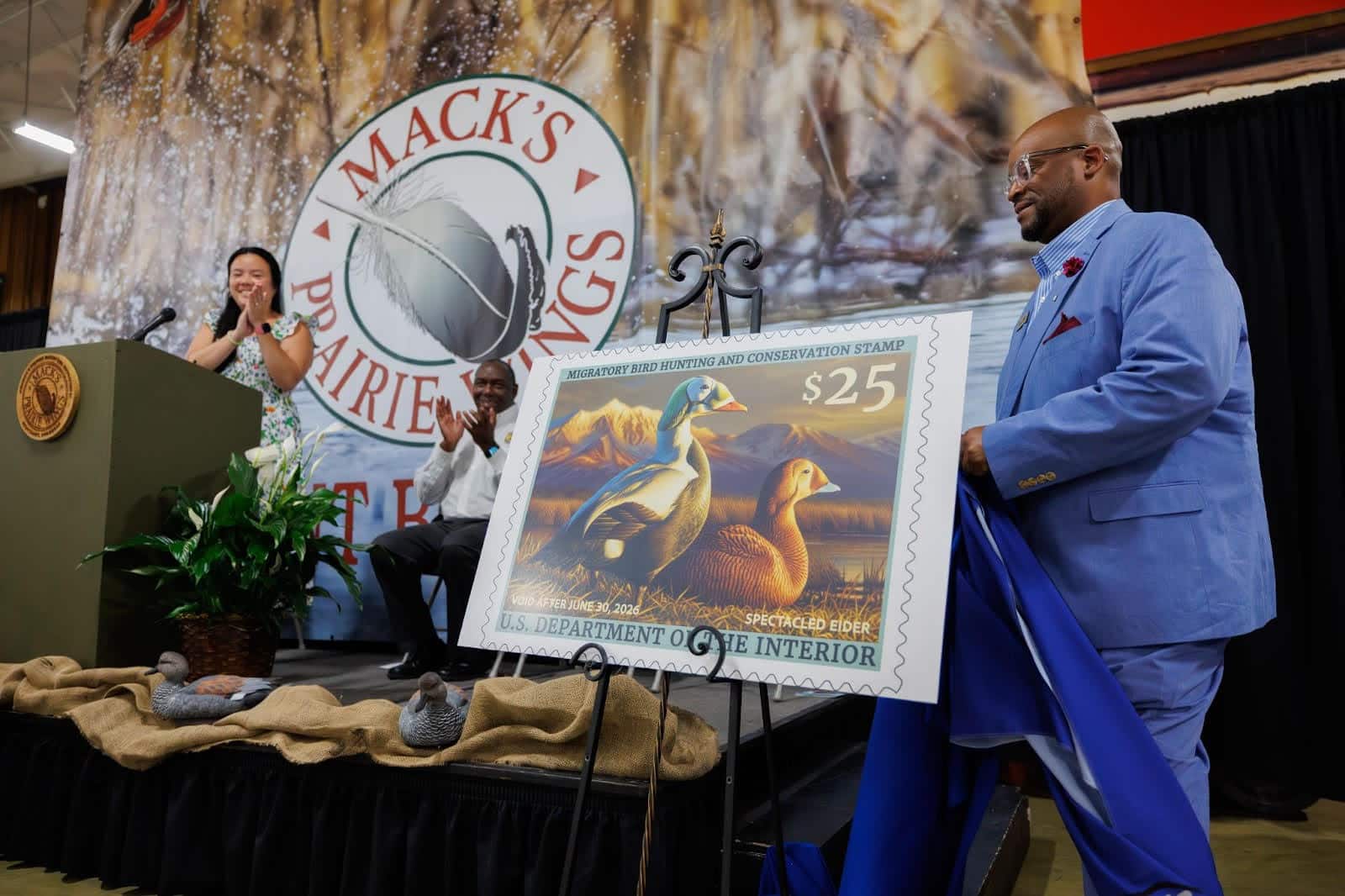AGFC offers payments to rice producers for habitat and hunting access
ON 04-14-2021
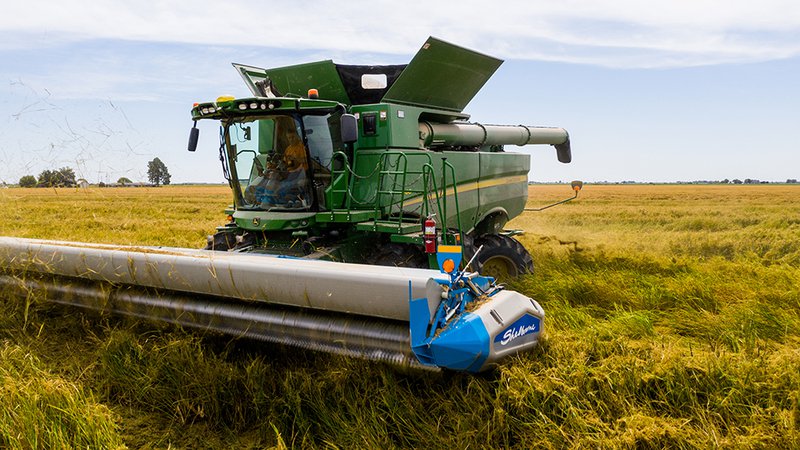
April 14, 2021
Randy Zellers
Assistant Chief of Communications
LITTLE ROCK — The Arkansas Game and Fish Commission is accepting applications from rice field owners to enroll in its expanded Waterfowl Rice Incentive Conservation Enhancement program. Landowners may receive as much as $150 per acre annually while still maintaining the current production of rice fields. Applications are available at www.agfc.com/wrice and will be accepted until June 1.
To receive full payment for their contracts, landowners must follow post-harvest guidelines to maintain waterfowl habitat and allow wildlife viewing and limited permit-based hunts during waterfowl season on their properties. Rice fields within 10 miles of waterfowl-focused AGFC wildlife management areas and national wildlife refuges are eligible. Landowners with land already enrolled in the Wetland Reserve Easement program also can apply for additional funds if they are willing to allow public access for hunting and wildlife viewing on their property.
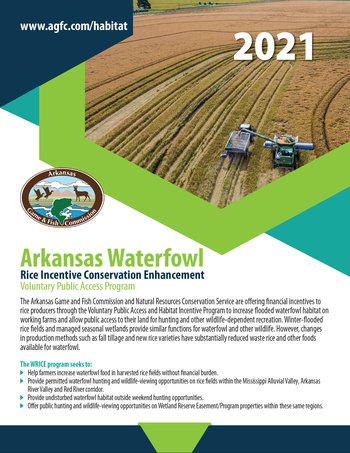
The program’s main goal is to increase waterfowl habitat on harvested rice fields by forgoing fall tilling to keep waste grain on the surface and flooding the field at the appropriate depth to make it available for migrating waterfowl throughout the wintering period.
“A surprisingly small percentage of rice fields in the Mississippi Alluvial Valley are flooded each year,” Luke Naylor, AGFC waterfowl program coordinator, said. “We also know through recent research that the amount of flooded rice fields on the landscape is a key driver of duck presence and abundance during fall migration and the overwintering period. Even without the permit-based hunts, this program is putting more ducks within reach of Arkansas hunters by guaranteeing waterfowl habitat as part of habitat complexes.”
This is the third year that the program will include additional payments, up to $150 per acre total, for landowners who allow the AGFC to conduct limited, permit-based hunts on weekends of open waterfowl seasons.
Curtis Nash, a rice producer from Monroe County, enrolled three harvested fields accounting for about 200 acres of habitat last year and says he’s definitely interested in continuing with the program.
“I’ve been leasing fields to hunters for more than 20 years, and I still lease fields to individuals and hunting groups, and my experience with the WRICE program was good,” Nash said. “The only thing that differed from leasing to a group is that the AGFC wanted me to hold the water until mid-February instead of starting to drop the water right after duck season.”
Naylor says the reason for the extended water is to continue offering habitat for waterfowl throughout the overwintering period.
“That last bit of water is critical for many birds to be in good health as they make their way north again to nest and produce more ducks, and I think many people have seen the dramatic decline in flooded habitat immediately following the end of duck season,” Naylor said. “Our program explicitly focuses on the importance of this late-season habitat for waterfowl and other wildlife popular with birdwatchers and other wildlife enthusiasts.”
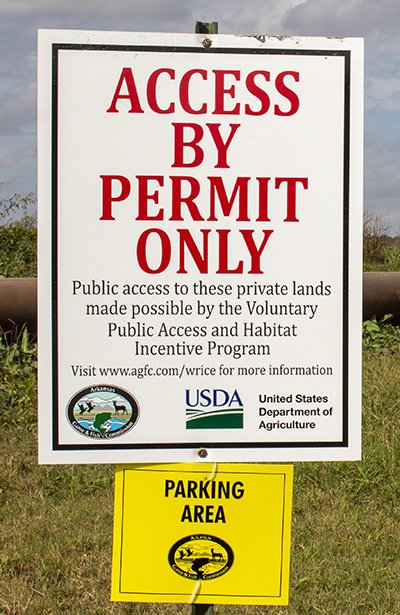
The controlled hunts also worked out well for Nash last season, with all hunters respecting his property.
“I had one person drive a little far toward the field and get stuck, but overall I was happy with the experience and will be enrolling again,” Nash said.
The AGFC’s WRICE program is made possible through a grant from the National Resources Conservation Service’s Voluntary Public Access and Habitat Incentive Program.
Landowners interested in becoming part of this innovative conservation and hunter access program can visit www.agfc.com/wrice or contact their local private lands biologist through the website www.agfc.com/habitat to learn more. See www.agfc.com/wrice for details.
Recent News
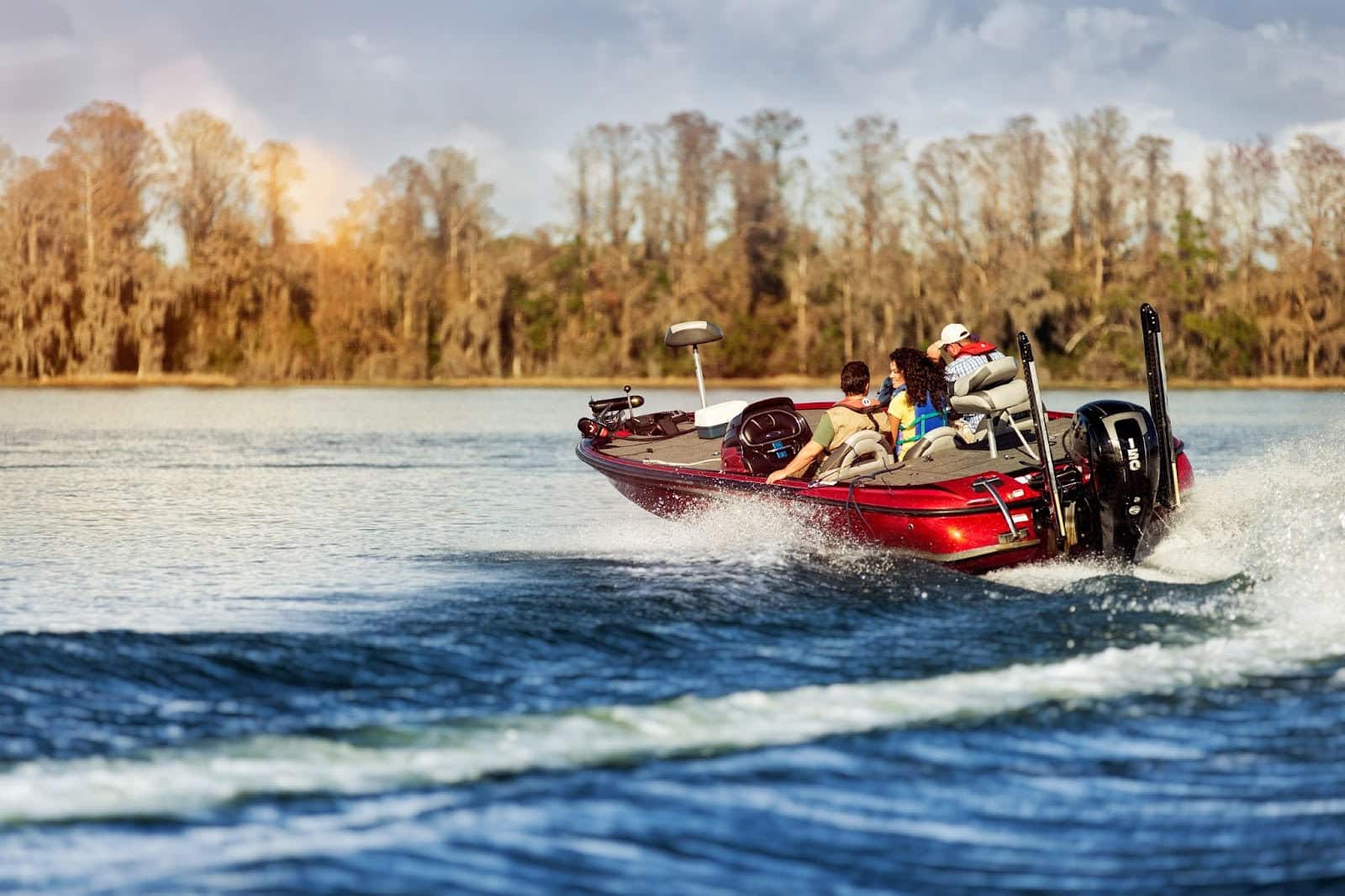
Watch your wake
Jul. 2, 2025
Subscribe to Our Weekly Newsletter E-mails
Don’t miss another issue. Sign up now to receive the AGFC Wildlife Weekly Newsletter in your mailbox every Wednesday afternoon (Waterfowl Reports are published weekly during waterfowl season and periodically outside the season). Fishing Reports arrive on Thursdays. Fill in the following fields and hit submit. Thanks, and welcome!

